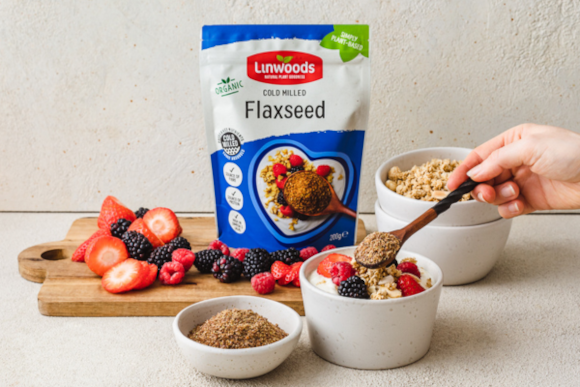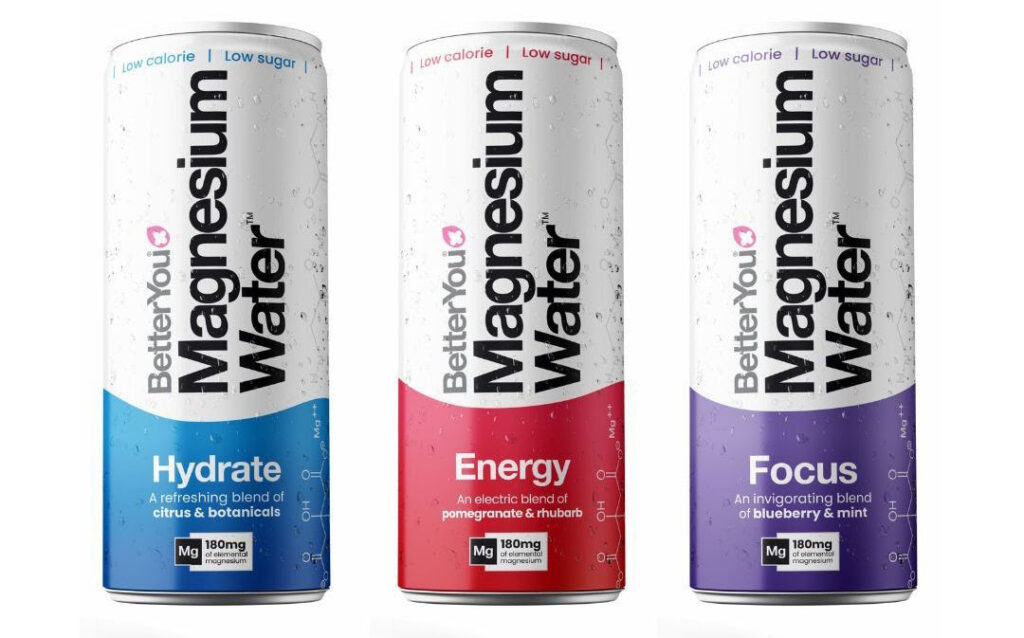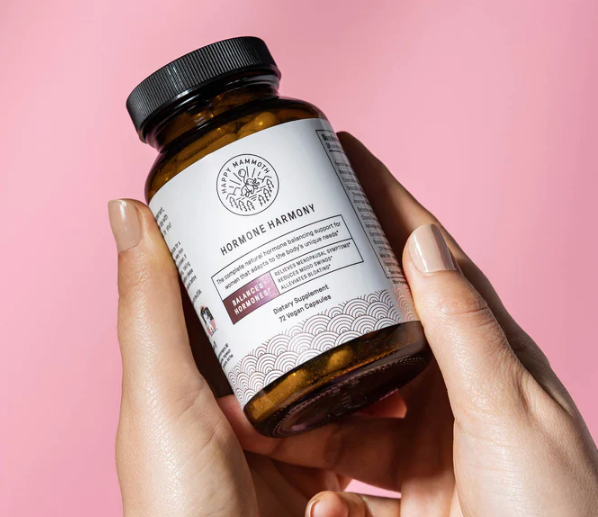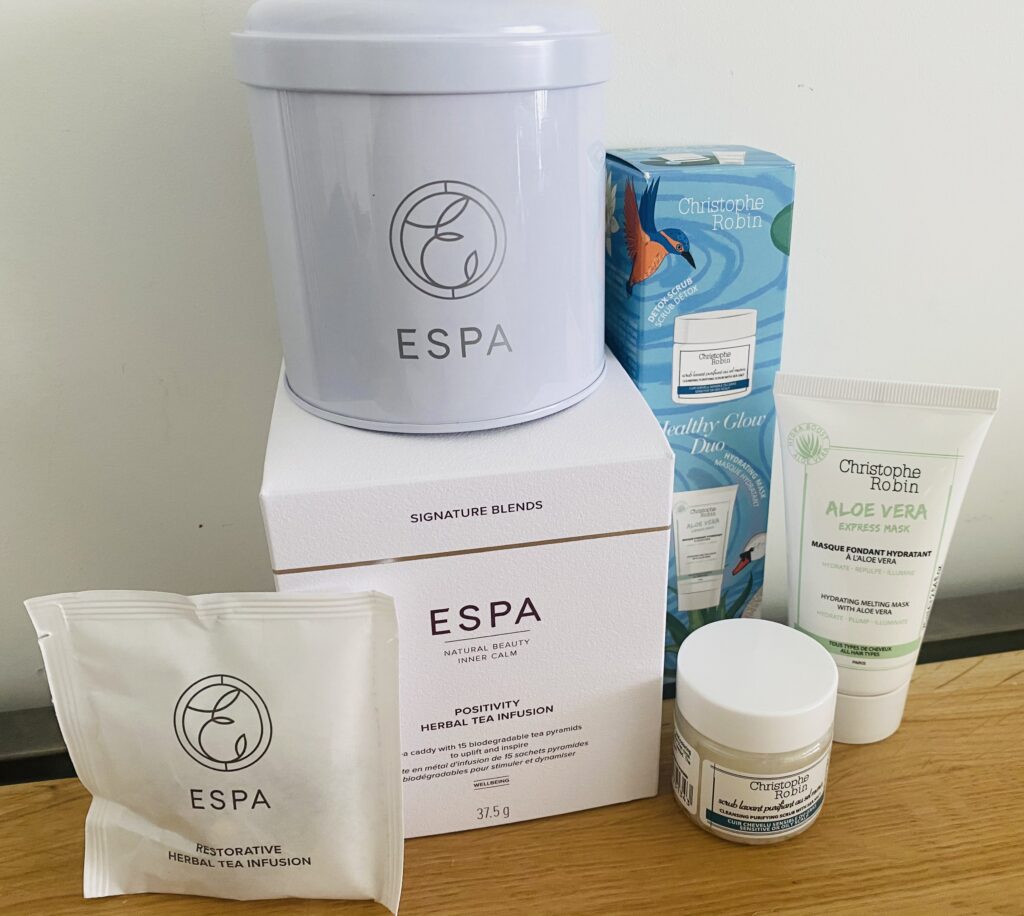
Is It Possible to Delay Old Age?
‘A person starts to age the moment they are born’, says Dr Miglė Tomkuvienė. A biochemist at Vilnius University (VU) Life Sciences Centre (LSC) explores what old age is and what methods could potentially delay its effects, should such methods exist.
‘This is not a new question. It has always been relevant, as the search for the elixir of life has been ongoing throughout human history. The new wave of interest results from the most recent scientific data on the ageing process at the molecular and cellular level. This is stimulating interest, both among the general public and among scientists, in how to halt ageing, or prolong a healthy and active life’, says Dr Tomkuvienė.
The scientist explains how we begin to age as soon as we are born: ‘Ageing is influenced by both environmental factors and the body’s own characteristics. At the molecular level, the way the body itself disposes of waste is important. It is also about the level of negative influence of the environment. All of these external and internal detrimental factors are slowly damaging us. And although we try to repair the damage, it eventually builds up, leading to a deterioration in the body’s functions, commonly known as old age.’
Causes of ageing
Many factors determine how this happens, including genetics and environmental influences. Scientists have now identified twelve molecular mechanisms that lead to the ageing of cells and, therefore, the body.
‘This can be a variety of DNA damage that can lead to mutations and diseases such as cancer, for example, epigenetic alterations. There can be defects in proteins that are important as building blocks; disorders of metabolites, which are our metabolic waste disposal system; dysfunctions in the responses to nutrients; disorders of communication between cells; and stem cell exhaustion, where stem cells can no longer divide and regenerate, so the body can’t regenerate along with them. I would also like to mention that it is not only the health of the cells that is important for humans but also the health of the microbiota. This is the health of the bacteria that live in our gut and on our skin. It also contributes to our health, and when the microbiota is dysfunctional, we see an acceleration of ageing,’ explains the scientist.
We all know the preventative solution: a healthy lifestyle
In response to the question of how to stay young, she says that all these mechanisms are highly interconnected and that we can make a variety of choices in our daily lives that can lead to better bodily functions. Everyone knows the answer is simply a healthy lifestyle: a healthy diet, plenty of exercise and sport, and the absence of harmful habits.
‘Everything we do has an impact on our organ functions and, ultimately, our cells and genes. Epigenetics, now widely discussed, describes the mechanisms that regulate gene activity. Our genes don’t all have to work evenly at the same time because different functions in the body require different genes to play like an orchestra – some louder, some quieter, depending on their needs. The body has day-night patterns called circadian rhythms. Therefore, some genes must work at night and others during the day. They change in waves. If sleep is disturbed, so is gene activity. When the orchestra is out of tune, it can also lead to organ function deterioration, which manifests as ageing.
Food and nutrition are essential for the microbiota, which I have also identified as one of the factors influencing ageing. Researchers now recommend consuming at least 30 different plants a week to get the widest possible variety of nutrients from them. It’s also important to absorb the fibre found in fruit, vegetables, seeds, and nuts. Sport is essential for the cardiovascular system: the blood vessels tend to clog up as we get older, so sport helps keep them working well.
Epigenetics can explain what happens in the cell nucleus
‘Epigenetics is the blueprint that aligns the body’s processes. Biochemical and genetic methods allow the study of genes that are marked by chemical markers in cells. Epigenetics works like this: we have gene sequences written in DNA, but what is also important is what is happening in the nucleus of the cell – around and attached to that DNA are what we would call ‘road signs’ that tell us where to stop. What researchers can do is extract DNA from human cells and look not only at its sequence but also at the epigenetic marks that are attached to both the DNA itself and the surrounding proteins. Current science already has a great deal of knowledge about which chemical molecules transcribe which epigenetic signals. As a result, we can extract a gene and know what gene it is and what its function is; we can also see what epigenetic marks are attached to it and, therefore, whether the gene is active in the person being studied. From this information, conclusions can already be drawn, Dr Tomkuvienė stresses.
She argues that this allows us to study different aspects of everyday life and how they affect our epigenetics. For example, studying the gene activity of people who smoke (both traditional cigarettes or e-cigarettes) and comparing it with a control group of non-smokers. This study showed that smoking alters the activity of a person’s genes. For researchers, such studies may help explain how smoking traditional cigarettes causes cancer and other lung diseases and how smoking an e-cigarette affects cells in a similar way to smoking a traditional cigarette, as well as how the effects of e-cigarettes and traditional cigarettes may differ. This makes it possible to identify the molecular pathways by which such bad habits can lead to later diseases, lung failure, etc.
Aiming for customisable therapy
According to Dr Tomkuvienė, many studies are currently underway to develop specific drugs or complex therapies that can be applied as age-reversing interventions to our bodies: ‘Scientists have already identified specific genes and proteins that, if activated and perhaps with additional cellular input, could stimulate cells to rejuvenate themselves, and thus rejuvenate the whole organ.
Of course, the results are not yet as great as in a science fiction movie. The current focus is on how to rejuvenate individual organs. As I said, the body is a complex system with different organs, so we cannot rejuvenate everything with modern means. So far, we know that one of the mechanisms of ageing is the accumulation of aged or inefficient cells. Therefore, if they were rejuvenated or removed, organ function would be restored, and there would be less chronic inflammation, often suggested as one of the mechanisms driving ageing.’
Signs of ageing and how to reverse them
‘The signs of ageing for doctors are likely to be vascular blockages, dementia, cartilage damage, etc. For biochemists and epigeneticists, the cellular DNA level will be more important. We will see ageing as the phenomena I mentioned – ageing mechanisms, the accumulation of mutations, and epigenetic and protein-level disorders. When we are young and healthy, everything works in harmony: the organs and the cells, of which we have about two hundred types and 30,000 genes. As we get older, it all gets out of sync.
How can cells be influenced to renew themselves? In the future, maybe there will be pills. But right now, we are thinking about encoding the necessary proteins that give cells their youth. This would take place in the RNA molecule. This would be similar to when we had RNA vaccines against the virus during the Covid-19 pandemic. They encoded the information to be transmitted to the cells about what virus to protect themselves against. This is very similar to the way in which you can encode the proteins that make a cell’s genes youthful in an RNA molecule. Inserting them at the cellular level should make gene activity more like that of a young cell.’
However, all this is yet to be seen because, according to Dr Tomkuvienė, it is challenging to find the sweet spot in terms of how much we should rejuvenate. A Nobel Prize has already been awarded to a scientist who has figured out how to rejuvenate mature cells with a specific function to the embryonic level, where the cells do not yet have that function. But we do not want to become giant embryos. We want to rejuvenate the cells so that they perform their function perfectly but retain their identity – so that the heart cells function like a heart, the skin cells function like skin and so on. So, the challenge is to rejuvenate, but not too much or too little. Also, no research has been done on humans.





